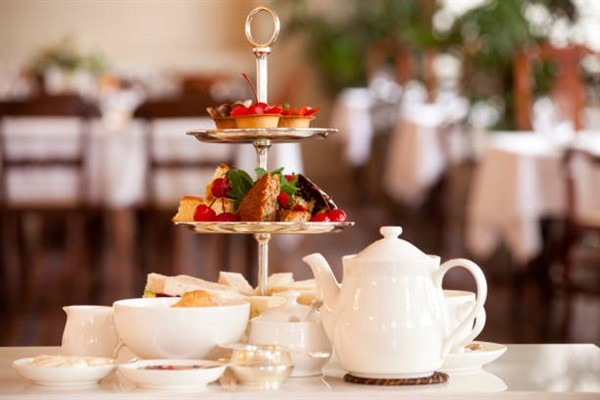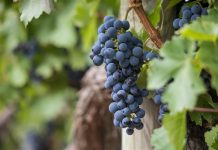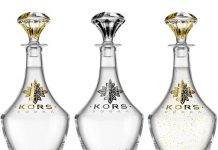Introduction
The gentle clinking of teacups, the soft rustle of fine china, and the delicate aroma of freshly brewed tea have long been associated with refined dining and social gatherings. For tea aficionados and lovers of culinary traditions, the terms “High Tea” and “Afternoon Tea” evoke images of elegant settings and delectable treats.
Yet, despite their popularity, these two tea rituals are often misunderstood and, at times, even used interchangeably. In this extensive exploration, we embark on a journey to demystify the world of High Tea and Afternoon Tea, shedding light on their distinct origins, customs, and culinary offerings.
Join us as we delve into the history, etiquette, and culinary delights that set High Tea and Afternoon Tea apart. Whether you’re planning a tea gathering or simply curious about these cherished customs, this journey will deepen your appreciation for the art of tea and dining.
The Origins and History of Tea Traditions
Before we dive into the specifics of High Tea and Afternoon Tea, it’s essential to understand the historical context that gave rise to these tea rituals. The story of tea’s introduction to England and its subsequent transformation into a social tradition is an intriguing one.
Historical Context of Tea in England
In the early 17th century, tea arrived in England, a precious cargo from far-off lands like China and India. Initially, it was an expensive and exotic commodity enjoyed primarily by the English aristocracy and royalty. Tea was considered a status symbol and was often kept under lock and key in special tea caddies.
Emergence of Tea Rituals
As the popularity of tea grew, so did the desire to create rituals around its consumption. The English soon embraced the idea of tea as a social pastime. However, it wasn’t until the mid-19th century that structured tea traditions began to take shape.
Influence of Social Classes
One of the critical factors that shaped these tea traditions was the division of society into social classes. The customs surrounding tea were influenced by the distinct habits and lifestyles of both the upper and working classes. This division gave rise to two prominent tea rituals: Afternoon Tea and High Tea.
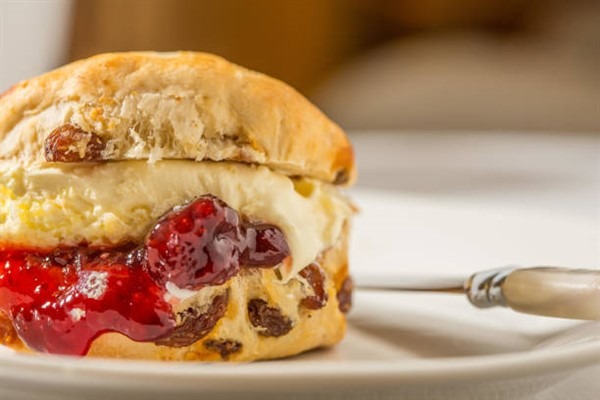
Afternoon Tea: A Delicate Affair
Afternoon Tea is often associated with elegance, refinement, and a leisurely afternoon reprieve. Let’s explore the defining characteristics and elements of this cherished tradition.
Definition and Characteristics of Afternoon Tea
Afternoon Tea, also known as “Low Tea” in some circles, is a dainty and sophisticated affair. It typically takes place in the late afternoon, between 3 pm and 5 pm. The setting is serene, with comfortable seating and an ambience conducive to relaxed conversation.
Components of Afternoon Tea
At the heart of Afternoon Tea is the carefully curated menu, which consists of several components:
- Tea Selection: The tea served during Afternoon Tea is often of the highest quality. Varieties like Darjeeling, Earl Grey, and Assam are popular choices. Each guest selects their preferred tea from a curated menu.
- Tea Sandwiches: Delicate finger sandwiches are a hallmark of Afternoon Tea. These are usually crustless and come with a variety of fillings, including cucumber, smoked salmon, egg salad, and more.
- Scones with Clotted Cream and Jam: Scones, warm and freshly baked, are served with generous dollops of clotted cream and pots of fruity jam. The ritual of spreading cream and jam onto scones is a cherished part of the experience.
- Pastries and Cakes: Afternoon Tea wouldn’t be complete without an array of pastries and cakes. These sweet treats range from petits fours to tarts and are often adorned with intricate designs.
Etiquette and Customs of Afternoon Tea
Afternoon Tea comes with a set of etiquette and customs that enhance the experience. From the proper way to hold a teacup to the order in which tea and food are consumed, these customs add an air of refinement to the affair.
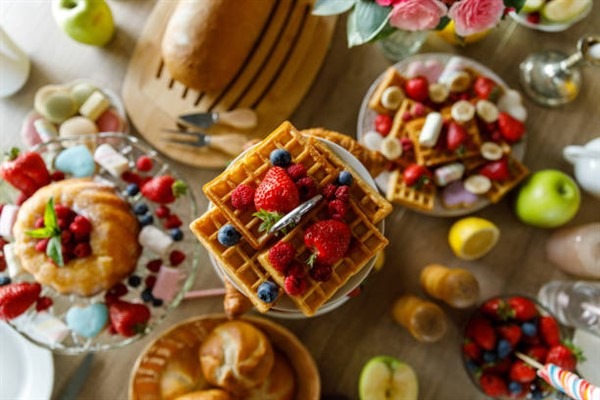
High Tea: A Hearty Repast
High Tea, often mistaken for an aristocratic tradition, has its roots firmly grounded in working-class culture. Let’s uncover the essence of High Tea and what sets it apart from its more delicate counterpart.
Definition and Characteristics of High Tea
High Tea, sometimes known as “Meat Tea” or simply “Tea,” has a distinct character. It is a heartier and more substantial meal compared to Afternoon Tea. High Tea is typically served in the early evening, around 5 pm to 7 pm. The setting is less formal, with the table often being the same one where the family has dinner.
Components of High Tea
High Tea includes a substantial spread, making it more of a meal than a snack. The components typically consist of:
- Tea Selection: Just like with Afternoon Tea, a variety of tea blends are offered during High Tea, allowing guests to choose their preferred brew.
- Hearty Dishes: High Tea features substantial dishes such as meats, pies, vegetables, and other savoury items. It’s common to find dishes like shepherd’s pie, quiches, and sausage rolls.
- Bread and Butter: High Tea includes simple accompaniments like bread and butter. This straightforward addition balances the heartiness of the meal.
- Simple Desserts: While High Tea isn’t known for an extensive dessert spread, it may include simpler sweet items like fruit tarts or sponge cakes.
Etiquette and Customs of High Tea
High Tea is less formal than Afternoon Tea, and its customs reflect this informality. Guests typically serve themselves from shared platters, and the atmosphere is more relaxed and family-oriented.
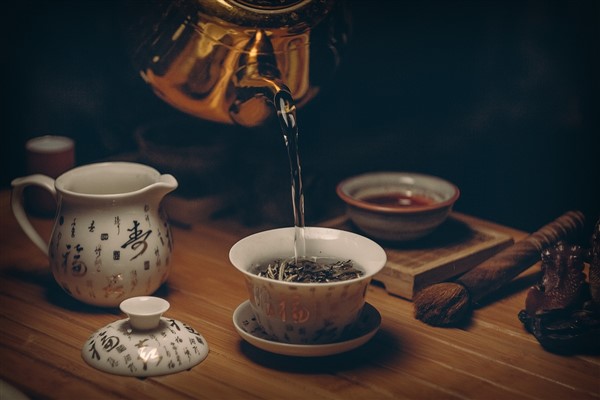
Regional Variations and Modern Interpretations
The distinctions between High Tea and Afternoon Tea can also vary by region and cultural influences. Understanding these regional nuances provides a broader perspective on these tea traditions.
Regional Differences in Naming and Customs
In some parts of England and the United Kingdom, the terms “High Tea” and “Afternoon Tea” may be used differently or interchangeably. Scotland, for example, often uses “High Tea” to refer to a more substantial evening meal.
Evolution in Contemporary Times
In modern times, both High Tea and Afternoon Tea have evolved to adapt to changing lifestyles and tastes. Contemporary variations often incorporate elements of both traditions, offering a blend of savoury and sweet items, catering to a diverse range of preferences.
High Tea and Afternoon Tea Around the World
Tea traditions have found their way into cultures around the world, each with its unique spin on the concept. From the elegant tea ceremonies of Japan to the exotic spiced teas of India, the global tea landscape is a rich tapestry of flavours and customs.
Which One Should You Choose?
With a comprehensive understanding of the differences between High Tea and Afternoon Tea, you may be wondering which one is the right choice for you. Factors such as personal preferences, the occasion, and the type of experience you seek play a crucial role in making your decision.
Conclusion
In conclusion, the world of tea traditions is as diverse as the teas themselves. High Tea and Afternoon Tea, while sharing some similarities, each has its unique history, customs, and culinary delights. Understanding these distinctions adds depth and appreciation to the experience of partaking in these cherished rituals.
Whether you opt for the delicate elegance of Afternoon Tea or the hearty comfort of High Tea, both traditions offer a delightful journey through the world of tea and dining. So, the next time you’re presented with the choice, you can confidently select the tea ritual that best suits your mood, company, and craving for culinary delights.





